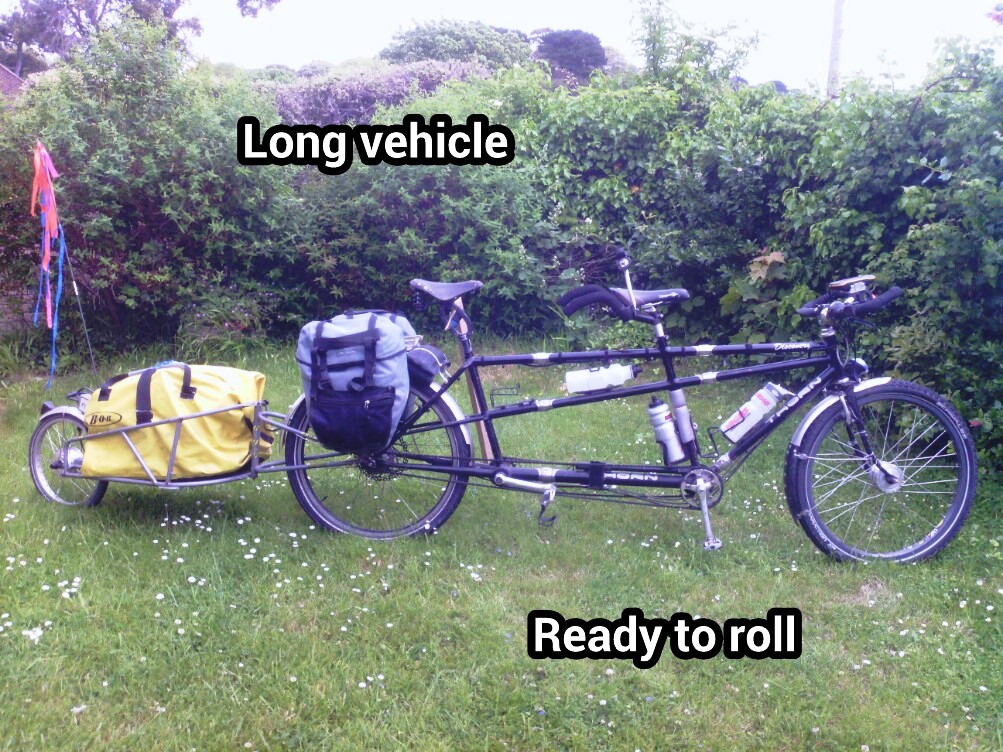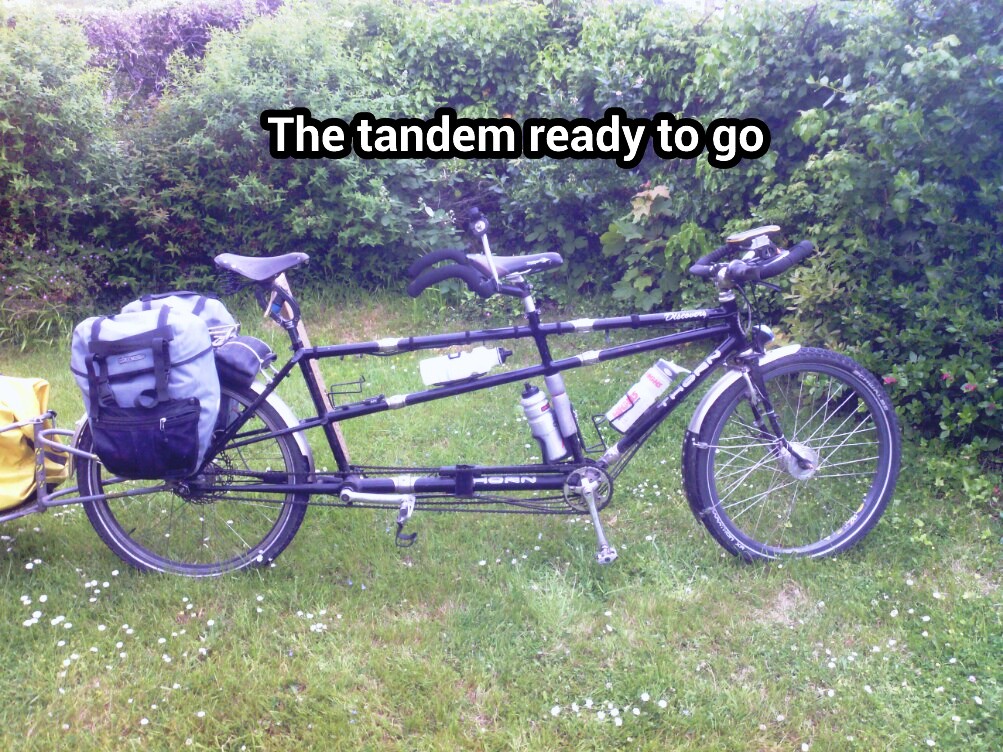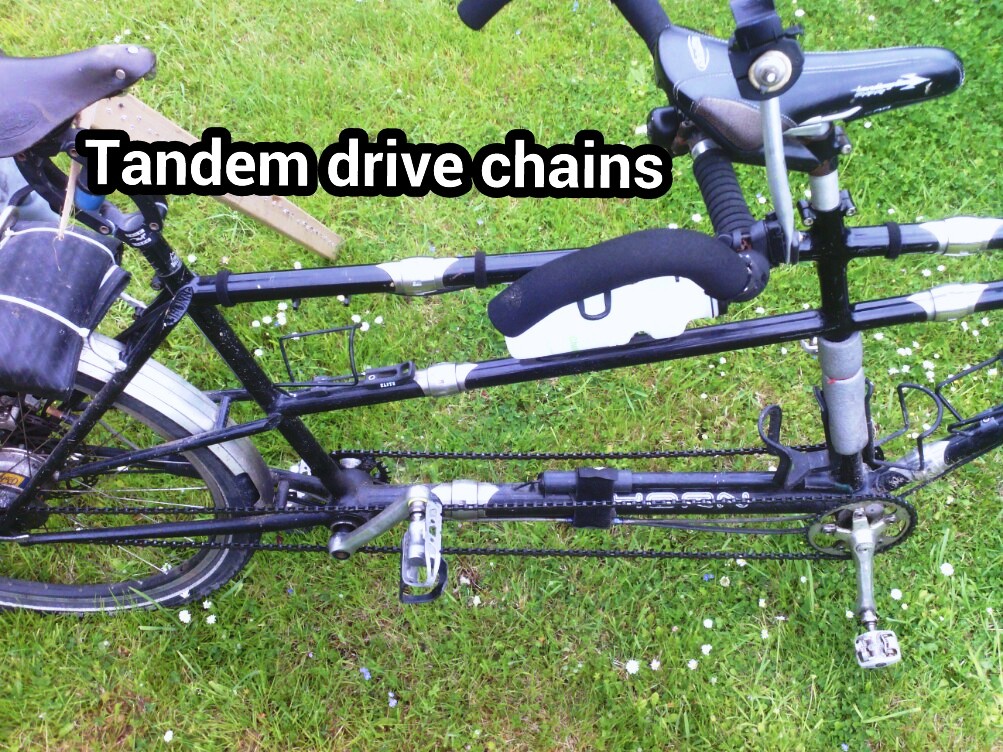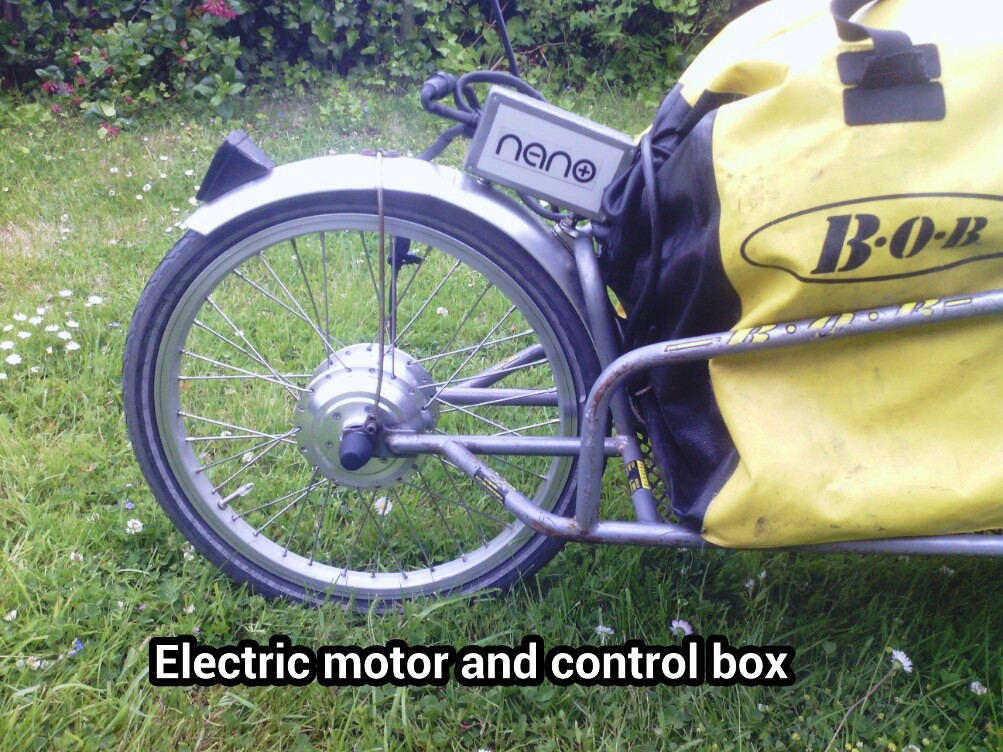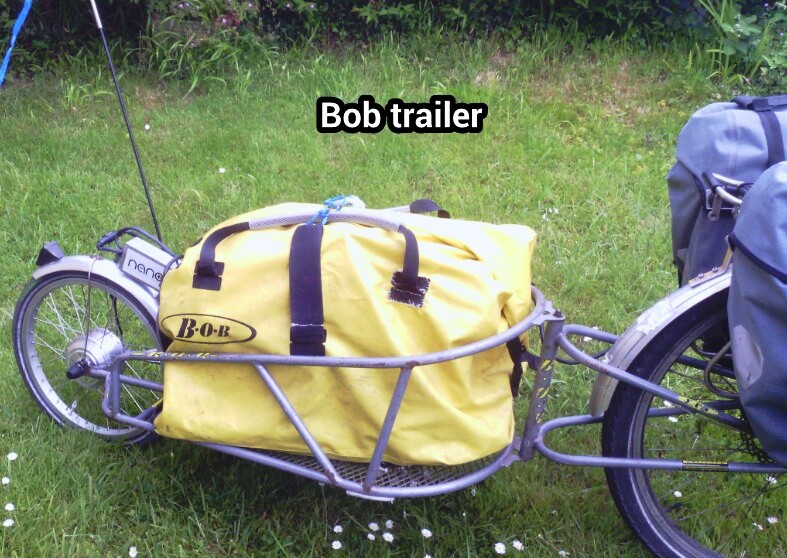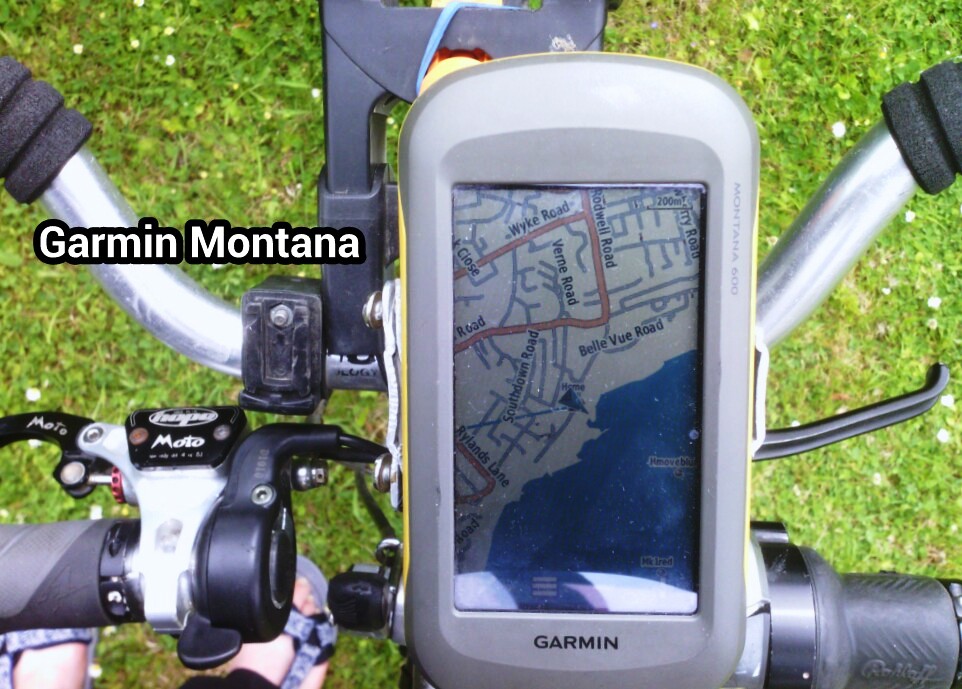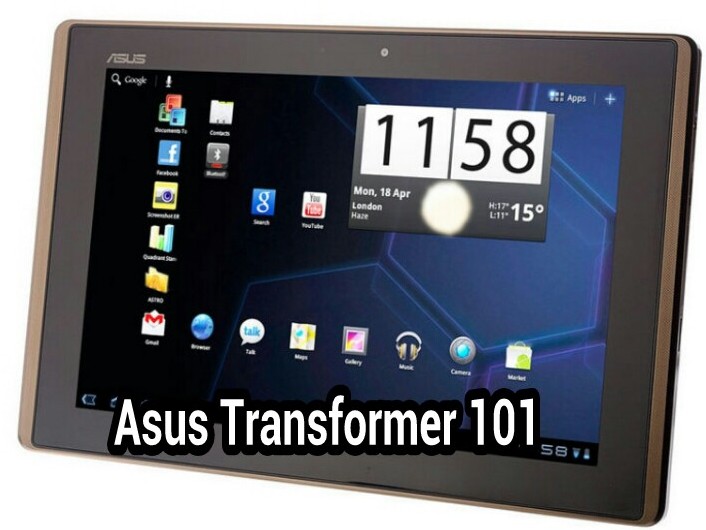We carry most of our stuff in the waterproof Bob trailer bag. The motor battery is also in Bob’s bag. Anne’s new electronic blood monitor takes up less space than the earlier model but still needs to be kept especially dry as do our other electronics.
We still take a couple of panniers but try to use these only for things we need to get at easily during the day
We do travel light although it does not feel like it very often. We have become credit card tourists and no longer take a tent. If we are stuck we will get a taxi. In terms of clothing we have one on, one off and one in the wash.
Our Asus Transformer tablet and a Kindle 3 book reader meet all our needs for maps, guide books, reading, entertainment and communications. Loaded on them are maps, routes and itinerary, guide books and more novels than we have in our bookshelves at home. The Kindle will get emails and the internet in the more remote places where we do not have wifi.
The management very reluctantly allows the stoker to carry an overview map but we rely on the GPS and the Orux map app on the Transformer for detailed mapping. Even during the day, provided it is not raining too hard, we can refer to the Transformer if we want to change the route, or of course if we get lost.
Route Planning
The route for this tour was inspired by John Surowiec and Ken’s tour to Poland in 2010 http://www.akweb.org.uk/lubwar/ . The management wants to revisit with the stoker some of the places he saw. Also the terrain in most places is undulating, making for pleasant summer cycling.
Getting to and from Germany with the tandem and trailer by public transport is a challenge which we prefer to avoid as much as possible. The stoker carried out considerable reseach on the net and found that the Queen Mary 2 (a rather large Cunard liner) was leaving Southampton for Hamburg in early July. A less well known Celebration cruise liner is leaving from Amsterdam to Southampton in early September.
Using the Garmin Mapsource software he planned some basic routes around Northern Europe which came out with the right distances and some places we want to see. Sadly Garmin have brought out some new software called Basecamp and tied their maps to it. We think it was inspired by Bill Gates. It takes over your computer, files things where you don't want them and can't find them, and crashes at regular intervals taking the computer down with it. Once Garmin was the best, let’s hope they get their act together again soon as they still make the best GPS's for what we do.
The route we chose, the details of which are on each page of this site, takes in Lubeck, Copenhagen, a small part of southern Sweden, East Germany, Berlin and westwards back to Amsterdam. Of course we may not stick to it but that is the plan.
Things from here on in are easy. Some time ago the management managed to find a web site where he was able to download all of the cycle routes in Germany in Garmin format. Carelessly he has lost the details of the site so we can't put in a link here so if you find it please let us know. He also now has an Asus Transformer 101 tablet which runs under Android. With this he has an app called Orux Maps. This makes it easy to plan tracks online using mapping far superior to Garmin. The one he favours at the moment is opencyclemap - mapforge which not only has cycle maps in blue but also shows contours.
Using a combination of the German cycle routes in Mapsource and mapforge on the tablet almost the whole route is on designated cycle paths. This would be a lot easier to do if Garmin supported Android. Despite having an Android Garmin phone/gps in the USA they claim they cannot, or more likely will not, do this. They even got quite stroppy on their email hindrance line when we asked them why not.
It took the management quite a while to learn to use the rather nice Orux software to produce and export tracks in .gpx format. We have documented how he did this and if you would like a copy please email us. Having done this it was then possible using GPSBable and Mapsource to edit them together into a viable route.
The management then divided them into the weekly chunks which you can see and download on this site. He has also planned stops to provide for reasonble distances on moving on days and nice places to stay. We then became sucked into booking the whole trip in advance, mainly using www.booking.com when possible which has the advantage that no deposit is required.
Booking in advance has the advantage that we will not spend ages each evening trying to find somewhere. It does have the downside that we will have to stick to the plan whatever happens. This may involve waving the plastic if something goes wrong.
Navigation
Navigation on the rides could not be simpler. The management has a new Garmin Montana and the stoker has his old GPS Map76CSx as backup. They both fit on the handlebars and are loaded with maps and tracks. All we need to do is to follow the track on the map screen. The destinations are marked as waypoints just to be on the safe side. We only get into real map navigation on the tablet when we vary the route or fail to trust the instrument.
The Montana is one of the management's new toys. Garmin in their infinite stupidity consider it too large for cycling and because of this do not make a handlebar mount. The management has constucted his own which is crude but works. With the large touch screen he now has for the first time almost all the functionality of a paper map. He also has the advantage over a map of knowing where he is. Garmin technology is still well short of even a half decent tablet, the screen refresh is slow and sometimes unreliable but it is their best yet and almost certainly the best GPS around for cycle touring.
It is true that using the GPS this way deskills navigation. Once there is any deviation between the track on the GPS and the position arrow we know we have gone wrong. We seldom go more than 50 metres in the wrong direction unless we go a different way on purpose. We also should record that the stoker is very sad to have to leave her faithful SmartyPants GPS, an elderly Foretrex 101, at home. That is unless she hides it in the bag without the management seeing. Over the years, having been made when Garmin was good, it has given great service but it does not have the capacity to carry maps.
Communications, computers and GPS
Being privileged to be able to spend several months away from home each year we have always considered it important to keep in touch with family and friends. On our first tour we started a daily diary and on this and on several subsequent trips we sent it by email to an ever increasing number of people. With numbers increasing and improvements in technology since 2006 we have posted our adventures on our web sites as we went along. We put the basic site up before we leave and post the blog and photos about once a week when we have wifi.
Mobile phone companies still rip you off at around 30p a minute for calls made abroad. It can cost £300 a week to use a Google Android or an iPhone outside the UK mainland. Unsurprisingly they even rip you off in the Channel Islands. We turn 3G off, only using 2G. We also make sure that everything else is off. We use texts where this is appropriate and keep calls to a minimum. We use Skype when we have wifi and use Skype Out to phone landlines in the UK and abroad. This costs about 1p a minute.
This trip for the first time we are using an Asus Transformer 101 10.1 inch screen Android tablet for almost everything. It has the advantage of being very small and light to carry and for the stoker the disadvantage of an onscreen keypad. At least it gets us away from Micrsoft though it may be just as bad jumping into Google's fire. Where wifi (often called wiffy in other European countries) is available it is possible to surf the net, listen to BBC radio live, send and receive emails and make Skype calls. As long as we have a phone signal we can also get our emails and some internet access free via our Kindle book reader.
The management’s pet hate is hotels that either don’t provide wifi at all or charge for it. The same hotels often don’t bother to even have a web site and seldom answer emails. Those that fit into these categories are incompetent or money grabbing or both. They remind us of when we used to avoid hotel phone charges by finding the nearest red phone box. Wifi, at least in public rooms, is simple and cheap to provide. It is a basic service which all hotels, and indeed other similar businesses, should offer to customers. If we possibly can we will not use those which don’t.
